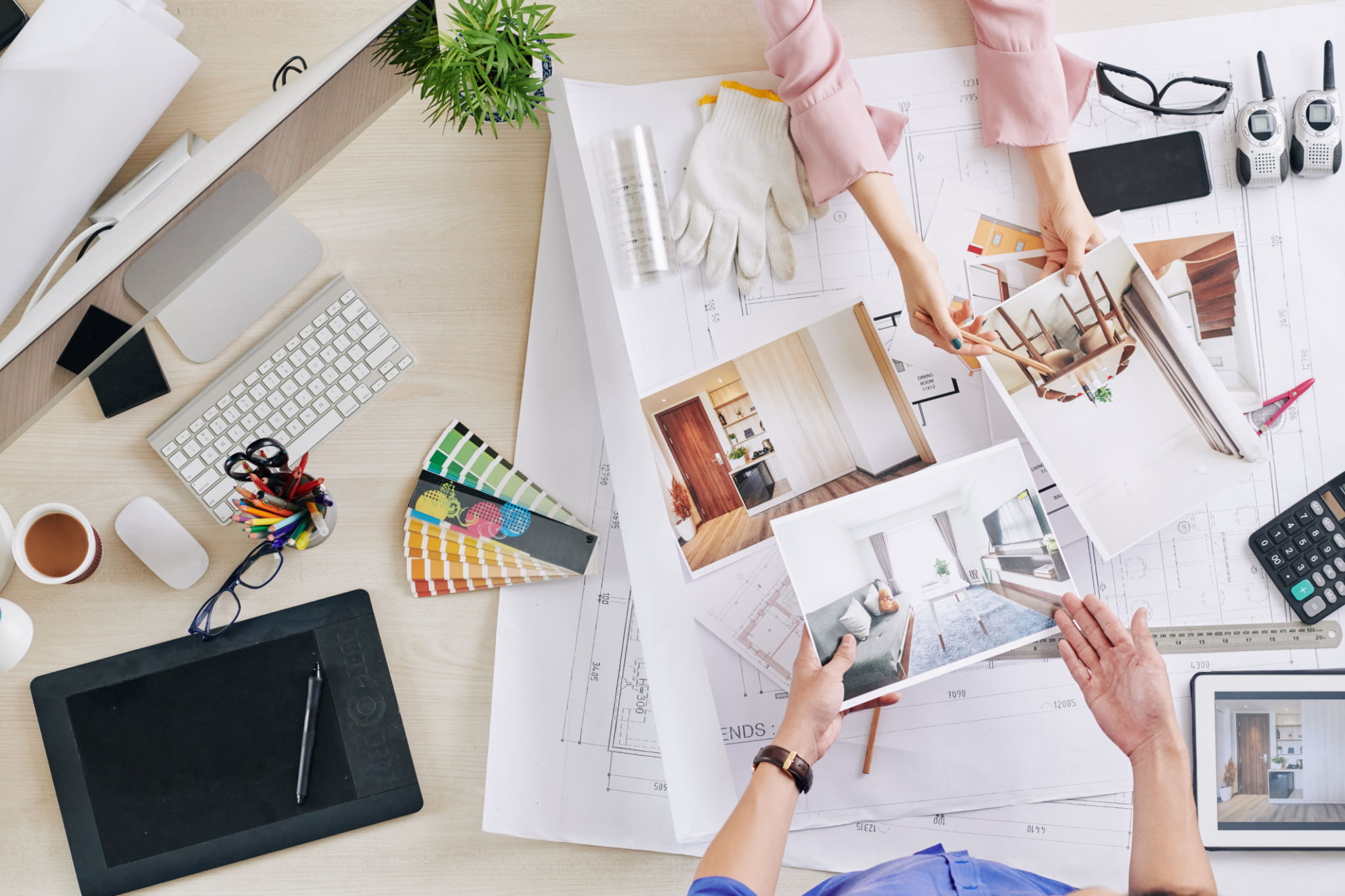Expert Tips for Designing Your Dream Home in Chennai
Understanding Your Needs and Preferences
Designing your dream home in Chennai is an exciting journey that begins with understanding your unique needs and preferences. Consider factors like the size of your family, lifestyle, and future requirements. Think about the number of bedrooms, bathrooms, and any special features you desire, such as a home office or a gym. Taking the time to outline these essentials will provide a strong foundation for your home design.
Additionally, consider the architectural style that resonates with you. Whether you prefer a traditional Tamil architectural style or a more contemporary design, having a clear vision will guide your decisions throughout the process.

Choosing the Right Location
Location is a crucial aspect of designing your dream home. Chennai offers a variety of neighborhoods, each with its own charm and amenities. Determine what’s most important to you—proximity to schools, work, public transport, or recreational facilities. Conduct thorough research and visit potential areas to get a feel for the community and environment.
Consider factors such as the availability of essential services like hospitals, grocery stores, and parks. If you plan to build your home from scratch, ensure that the land is suitable for construction and complies with local zoning laws.
Collaborating with Professionals
Enlisting the help of professionals can significantly enhance the home designing process. Architects, interior designers, and builders bring valuable expertise and can transform your ideas into reality. Choose professionals who understand your vision and have experience in designing homes in Chennai.
During initial consultations, discuss your budget and timeline to ensure everyone is on the same page. A good professional team will offer creative solutions while keeping your financial constraints in mind.

Balancing Aesthetics and Functionality
While aesthetics are important, functionality should not be overlooked in your home design. Strive for a balance between beauty and practicality. For instance, open floor plans can create a spacious feel but consider how you will delineate areas for privacy and quiet.
Incorporate smart storage solutions to keep your home organized without compromising on design. Built-in cabinets, under-stair storage, and multi-functional furniture can maximize space efficiency.
Incorporating Sustainable Design
Sustainability is becoming increasingly significant in home design. Consider incorporating eco-friendly features such as solar panels, rainwater harvesting systems, and energy-efficient appliances in your Chennai home. These not only reduce your carbon footprint but can also lead to long-term savings on utility bills.

Opt for locally sourced materials to support local businesses and reduce transportation emissions. Additionally, using natural ventilation techniques can keep your home cool during Chennai's hot summers.
Personalizing Your Space
Your dream home should reflect your personality and style. Personalize each space with colors, textures, and decor elements that you love. Whether it's a custom mural in the living room or a cozy reading nook by the window, these touches make the space uniquely yours.
Involve your family in the decision-making process to ensure that everyone feels connected to the home. This collaborative approach can lead to creative ideas that enhance the overall design.

Staying Within Budget
While it's easy to get carried away with luxurious designs and features, it's crucial to stay within your budget. Prioritize essential elements over extravagant extras. Create a detailed budget plan that includes all aspects of the design and construction process.
Track your expenses regularly and be open to adjustments if necessary. Remember that a well-designed home is not about how much you spend but about how well it meets your needs and preferences.
Planning for Future Growth
Your dream home should be adaptable to future changes in lifestyle or family dynamics. Design flexible spaces that can evolve with your needs. For instance, a guest room can later be converted into a nursery or a home office.
By considering potential future expansions or modifications during the design phase, you ensure that your home remains functional and relevant for years to come.
